I need a small package buzzer to replace the regular piezo buzzer which is too big for my design, so I tried the KLJ-5030.
I tested by applying 3V to positive pin and GND to negative pin and heard a small crackling but not really sound (beep).
The datasheet does not explain well how this works. I am wondering, does this require other components in order to work?
Update:
I tested with Arduino at 4000 Hz and got 46db on my decibel meter placed at 30cm: not good enough for my need.
